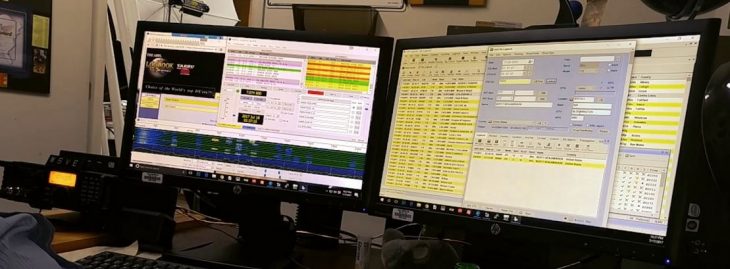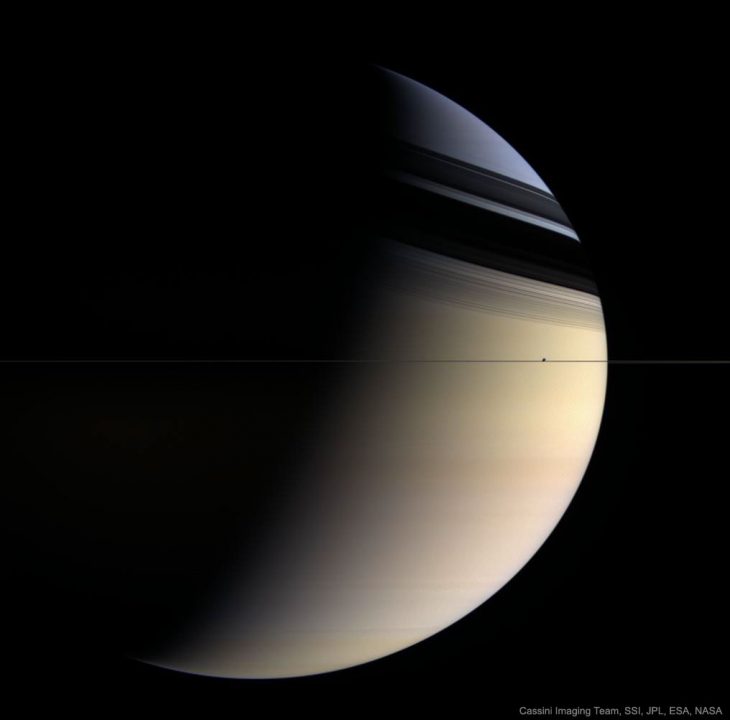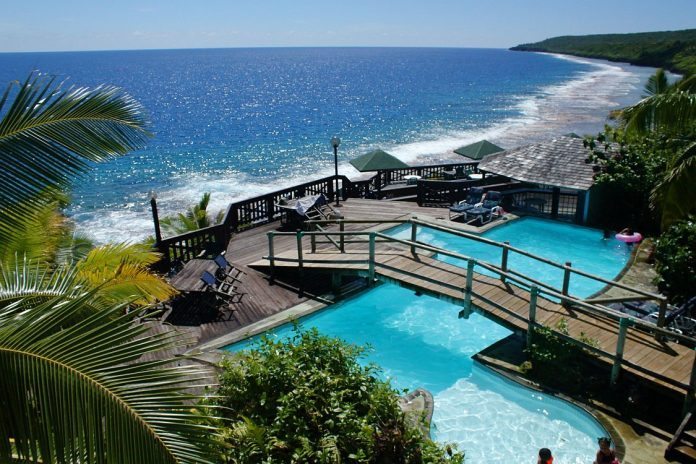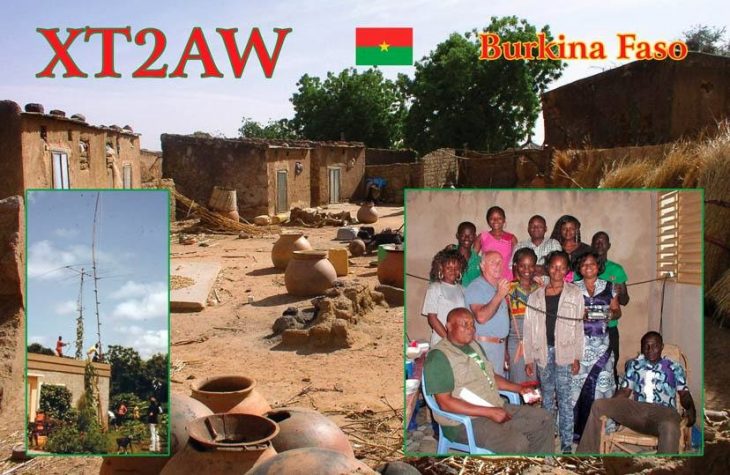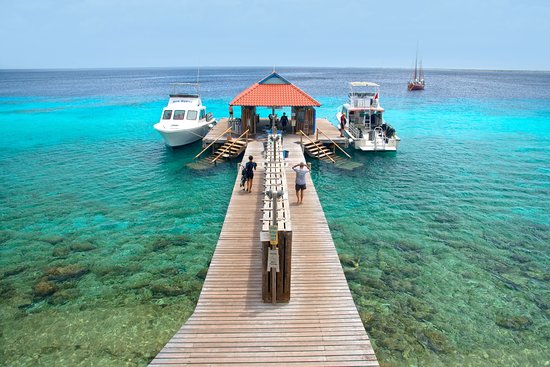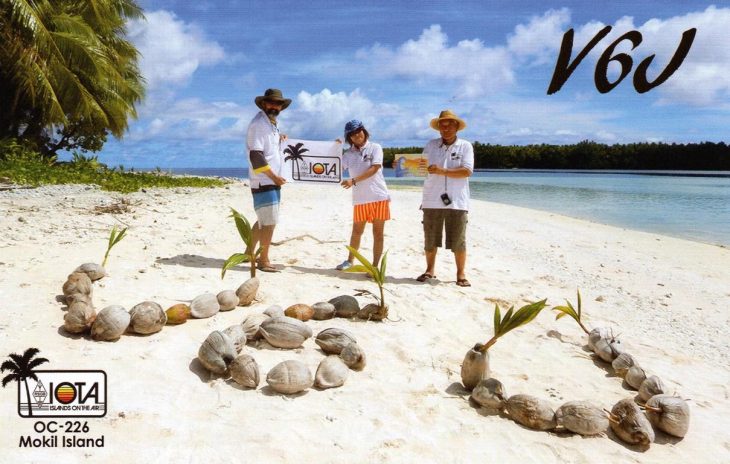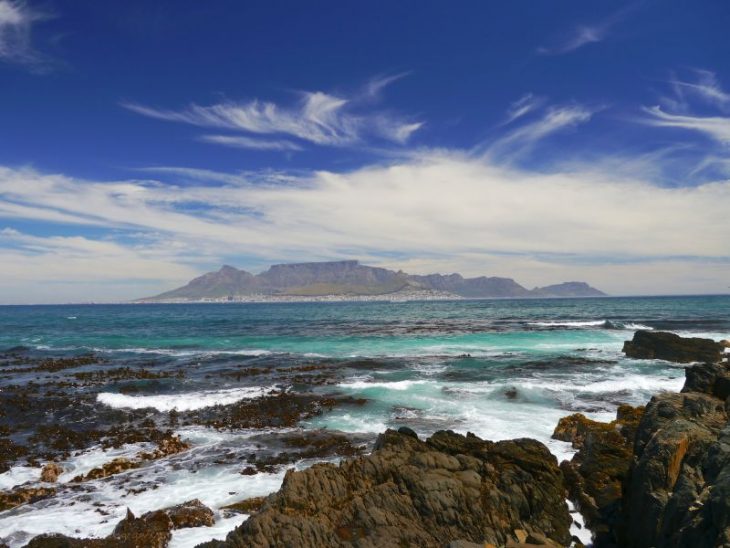It’s still in beta testing, but FT8 — the latest digital bauble to capture the imagination of the Amateur Radio community — has been luring away many of those already using the popular JT65 “weak-signal” mode. FT8 is included in a beta release of WSJT-X, version 1.8.0-rc1. Among its biggest advantages is a shorter transmit-receive cycle, meaning quicker contacts. The notes for the “candidate” release say that FT8 offers “sensitivity down to –20 dB on the AWGN channel,” as opposed to –30 dB for JT65. Contacts are four times faster than with JT65 or JT9, however. An entire FT8 contact can take place in about 1 minute.
The new mode is named after its developers, Steven Franke, K9AN, and Joe Taylor, K1JT. The numeral designates the mode’s 8-frequency shift keying format. Tones are spaced at 6.25 Hz, and an FT8 signal occupies just 50 Hz. Unlike JT65 or JT9, transmit and receive cycles in FT8 each last about 15 seconds. Like JT65, FT8 requires accurate time synchronization. An auto-sequencing feature offers the option to respond automatically to the first decoded reply to your CQ.
“FT8 is an excellent mode for HF DXing and for situations like multi-hop Es on 6 meters, where deep QSB may make fast and reliable completion of QSOs desirable,” Taylor’s release notes assert.
The beta release came out just days before the July CQ VHF Contest and proved to be a boon to many operators who took advantage of FT8 on 6 meters. In a limited outing for the CQ VHF, Frank Donovan, W3LPL, made 22 FT8 contacts on 6 meters, “during which the FT8 software reported SNRs from my receiver below –10 dB (measured in a 2,500-Hz bandwidth). Some of the 22 QSOs may have been difficult to complete on
Operational documentation for FT8 has not yet been finalized. “We know that the advent of new mode FT8 means that new material is needed for the User Guide,” Taylor told the Yahoo Meteor Scatter and Weak Signal Group this week. “We will be working on that in the near future.”
A new Facebook group has been established for FT8 experimenters. Source QRZ.Com.

